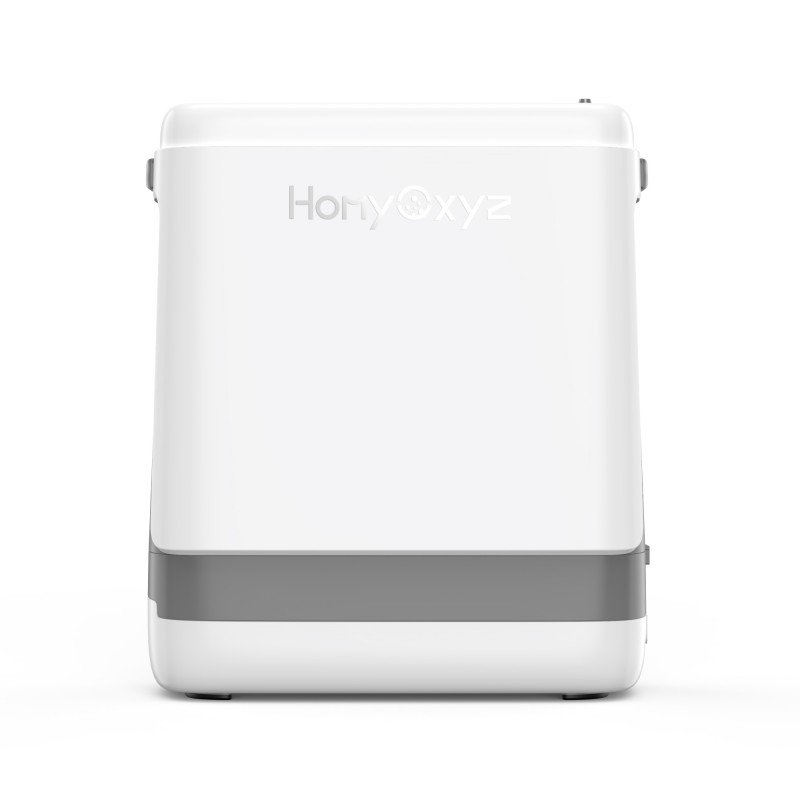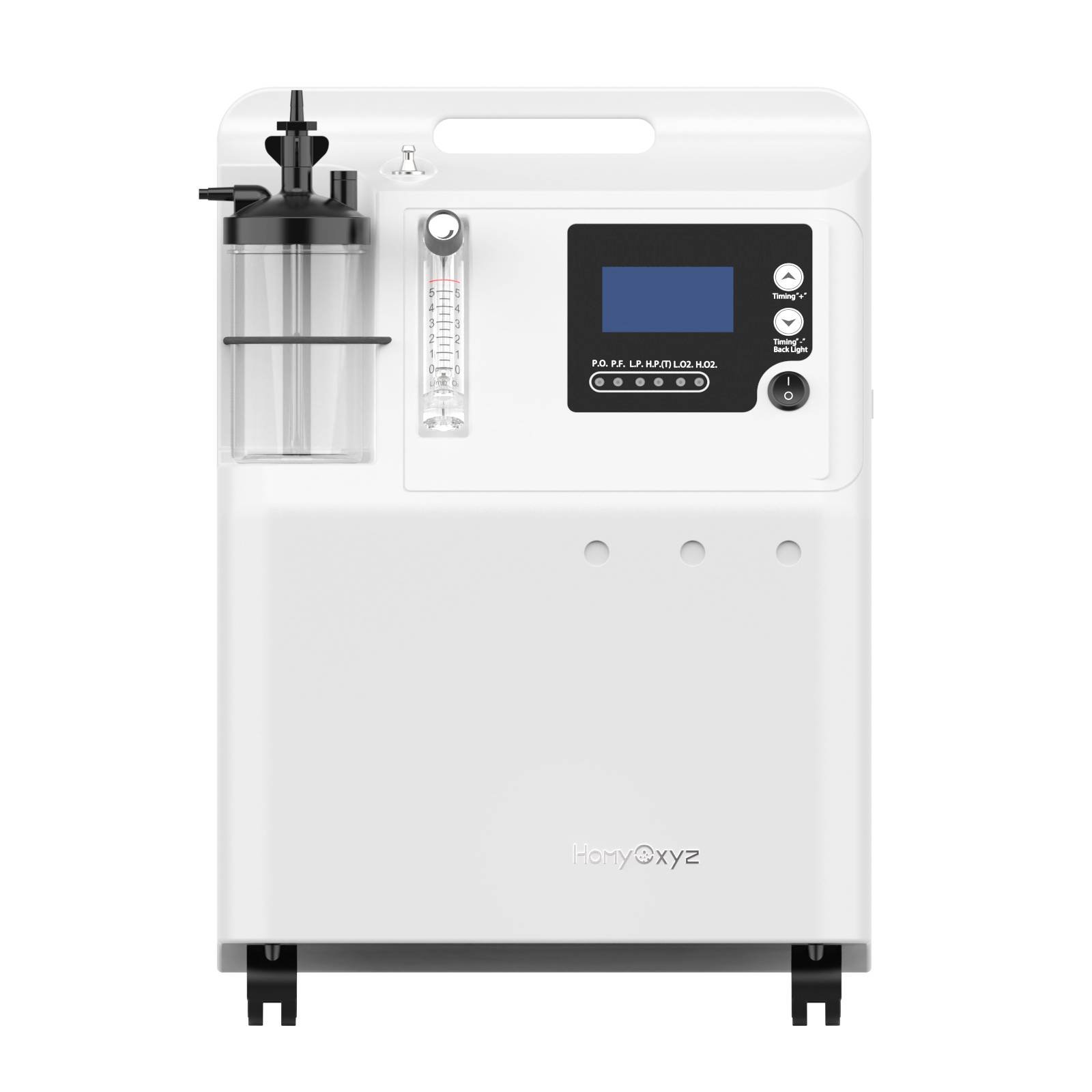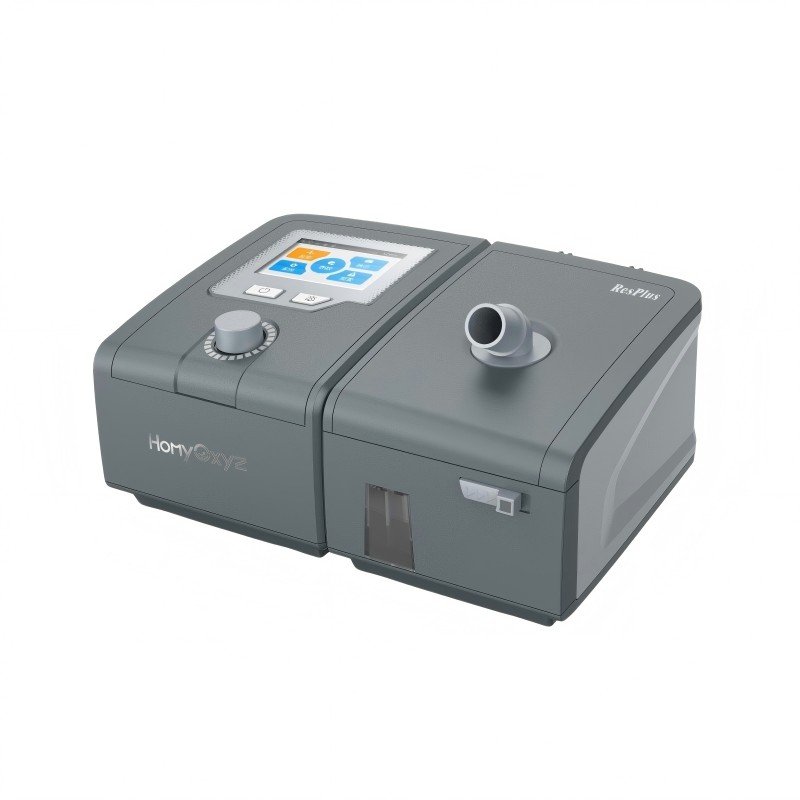Introduction
With the increasing awareness of health, the importance of oxygen to the human body is becoming more and more prominent. For patients with respiratory diseases or people who need extra oxygen supplement under special circumstances, the stationary oxygen concentrator has become an indispensable equipment. It can provide oxygen continuously and stably to ensure people’s respiratory health. However, many people are often confused when facing this equipment: how to operate it correctly? Next, let’s discuss this topic in depth and unveil the mystery of the operation of stationary oxygen concentrator for you.
Understanding the stationary oxygen concentrator
A stationary concentrator is a kind of medical equipment, whose core function is to extract oxygen from the surrounding air and concentrate it to provide users with high purity oxygen. It is widely used in family medical care, medical institutions and other scenes, and has become an important helper for many people to maintain a healthy life. There are differences in functions and performance parameters of different types of fixed oxygen concentrators.
Common types of stationary oxygen concentrators
HO-ZY1FW Stationary Oxygen Concentrator
It has variable oxygen concentration (30-90%), light body (6kg/13.2lbs), quiet operation (less than 60dB), continuous oxygen flow technology, and user-friendly digital control panel, which can adjust oxygen concentration and flow rate, and also has anion generation and built-in atomization functions.

HO-JAY2 Stationary Oxygen Concentrator
It is specially designed for infants, with a flow range of 0.125-2L/min, compact and lightweight design (10kg/22lbs), stable oxygen concentration of 93%±3%, ultra-quiet operation (≤40dB), built-in LCD display for accurate monitoring, and mild humidification system.
HO-VE3 Stationary Oxygen Concentrator
It can produce high-purity oxygen (oxygen concentration ≥90%), has continuous operation capability, has various functions, is humanized in design, safe and reliable, conforms to medical equipment standards, and is compact and portable (12kg/26.5lbs).

HO-MAF015AW Stationary Oxygen Concentrator
Advanced oxygen concentration technology (oxygen concentration is 30-90%) is adopted, and the flow rate is 1-6L/min. PSA technology is used to transport high-purity oxygen. It is equipped with intelligent control panel and color LED screen, which has anion generation and built-in atomization functions. It has a multi-layer filtration system and is compact and light in design (5.2kg/11.5lbs).

HO-JAY5AW Medical Oxygen Concentrator
It can continuously supply oxygen, with adjustable flow rate of 0.5-5L/min, high oxygen purity (93% ± 3%), quiet operation (≤43dB), long service life (planned life of 20,000 hours or 5 years), and is suitable for medical and health care purposes.

HO-HG5W Stationary Oxygen Concentrator
The oxygen purity is 93% ± 3%, with built-in oxygen purity alarm, approved by FDA, equipped with LCD screen panel and universal wheel, with running noise of 45dB, and some models can be equipped with atomization function.

Take these common models as an example, each of them has its own unique advantages. The oxygen concentration of HO-ZY1FW Stationary Oxygen Concentrator is adjusted in the range of 30-90%, the flow rate is 1-7L/min, the fuselage is light, only 6kg/13.2lbs, and the running noise is less than 60dB. This model is especially suitable for the situation that different members of the family have different demands for oxygen concentration. No matter patients with chronic respiratory diseases or family members who need oxygen after surgery, they can find their own oxygen absorption parameters through it. HO-JAY2 is specially designed for babies, with the minimum flow rate as low as 0.125L/min, the oxygen concentration stable at 93% ± 3%, the running noise is less than40dB, and the quiet running state will not disturb the baby’s sleep. Its gentle oxygen delivery system and child safety components protect the baby’s health.
Key preparation work before operation
Before operating the stationary oxygen concentrator, adequate preparation is very important, which is not only related to the normal operation of the equipment, but also to the safety and health of users.
(1). The choice of placement position.
The equipment should be placed in a stable, dry and well-ventilated place. The stable placement surface can ensure that the equipment will not shake or topple during operation, and avoid damaging the equipment or causing safety accidents. The dry environment can prevent moisture from entering the equipment, affect the performance of electronic components and mechanical parts, and prolong the service life of the equipment. Good ventilation helps the equipment dissipate heat and maintain its stable operation. Take HO-HG5W as an example. Although it is equipped with universal wheels for easy movement, it is still necessary to choose areas far away from heat sources, fire sources and corrosive gases, and at the same time avoid direct sunlight to create an ideal operating environment for the equipment.
(2). Connect the power supply and accessories.
Before connecting the power supply, be sure to check whether the power supply voltage meets the equipment requirements. For example, the voltage of HO-JAY5AW Stationary Oxygen Concentrator is required to be 110V and 60Hz. If the voltage is not matched, it may burn the circuit board or other key components of the equipment. When connecting fittings, make sure that all parts are tightly connected without looseness. For example, if the connection between oxygen inhalation tube and humidification bottle is not tight, it may lead to oxygen leakage and reduce the oxygen inhalation effect. For some models with atomization function, such as HO-MAF015AW, when connecting atomization accessories, it is necessary to strictly follow the instructions to ensure that drugs can be atomized smoothly and inhaled by patients.

The correct steps to turn on the equipment
When the preparatory work is completed, you can start the stationary oxygen concentrator. The boot mode of different models is slightly different, but the general process is similar. Generally speaking, first find the power switch of the equipment, usually the power switch will be clearly marked. Take HO-VE3 as an example. After pressing the power switch, the display screen of the equipment will light up, showing the initial state information of the equipment, such as oxygen concentration and flow rate. During the startup of the equipment, pay attention to whether the parameters on the display screen are normal and whether the equipment has abnormal sound or vibration. If it is found that there is no display on the display screen, the parameters jump abnormally or the equipment makes abnormal noise, the equipment should be turned off immediately, the cause should be checked, and the fault should be eliminated before restarting.
Important details of parameter setting
Parameter setting is the key link to operate the stationary oxygen concentrator, and setting the parameters correctly can ensure the user to get the appropriate oxygen supply. The setting of oxygen concentration and flow rate should be determined according to the specific needs of users. For health care purposes, the general oxygen flow rate can be set at 1-3L/min, and the oxygen concentration can be 30-60%. For medical purposes, such as patients with chronic obstructive pulmonary disease (COPD), higher flow and concentration may be needed, and the specific values should follow the doctor’s advice. Take HO-ZY1FW as an example, its oxygen concentration can be adjusted between 30% and 90%, and its flow rate is 1-7L/min. Users can easily set the required parameters through the digital control panel on the equipment. In the process of setting, pay attention to observe the numerical changes on the display screen to ensure that the setting is accurate.
In addition to oxygen concentration and flow rate, some stationary concentrators also have timing function. The timing function is very practical for users who need to control the oxygen inhalation time. For example, for some users who need short-term oxygen inhalation to relieve fatigue, 30-60 minutes of oxygen inhalation time can be set. When setting the timing function, you should also operate according to your own needs to avoid setting it for too long or too short a time, which will affect the oxygen inhalation effect.
Points for attention during use
There are many matters needing attention in the use of stationary oxygen concentrators.
(1). Security
Because oxygen is combustion-supporting, it must be kept away from open flames and flammable materials during use, and smoking near the equipment is strictly prohibited. At the same time, it is necessary to keep the environment around the equipment clean and avoid dust and sundries from entering the equipment, which will affect the equipment performance and oxygen quality. Take HO-HG5W as an example, the equipment is clearly marked with safety warnings such as “No dismantling of the shell” and “No use in corrosive and toxic gas environment”, which users must strictly abide by when using.
(2). The running state of the equipment.
During use, always pay attention to the running sound and vibration of the equipment and the parameter changes on the display screen. If it is found that the sound of the equipment is abnormally increased and the vibration is intensified, or the oxygen concentration and flow rate fluctuate, it is necessary to check whether there is any fault in the equipment in time. For some models with alarm function, such as HO-JAY5AW, when the equipment has problems such as abnormal pressure, excessive temperature or decreased oxygen purity, an alarm sound will be given. At this time, users should immediately stop using the equipment, and conduct investigation according to the instructions or contact professional maintenance personnel.
Proper handling after use
After using the fixed oxygen concentrator, the correct treatment steps can protect the equipment and prepare for the next use.
(1). Turn off the equipment.
When turning off the equipment, first turn off the oxygen flow adjustment knob, and then turn off the power switch. This can avoid the sudden change of the internal pressure of the equipment and damage to the equipment when the power supply is turned off.
(2). Clean and maintain the stationary oxygen concentrator
After each use, use a clean soft cloth to wipe the shell of the equipment to remove dust and stains on the surface. For the humidifying bottle, the water in it should be poured out, washed with clear water and dried for later use. It is also necessary to clean or replace the filter of the equipment regularly. Take HO-JAY2 as an example, its intake air filter needs to be cleaned every 200 hours, and the GVS intake filter needs to be replaced every 2000 hours, which can ensure the air inhaled by the equipment to be clean and improve the oxygen quality.
Common Problems and Countermeasures
Some problems may be encountered in the operation of the stationary oxygen concentrator. For example, the device can’t start, which may be caused by power failure, switch damage or internal circuit problems of the device. In this case, first check whether the power plug is plugged in and whether the power supply is normal. If it is all normal, it may be the fault of the equipment itself, and it is necessary to contact professional maintenance personnel for maintenance.
Another example is that the oxygen concentration is unstable. This may be caused by filter blockage, equipment aging or improper parameter setting. At this point, you should first check whether the filter needs to be cleaned or replaced. If the filter is normal, then check whether the parameter setting of the equipment is correct. If the problem still exists, you need to ask professionals to test and repair the equipment.

Operation differences of different types of stationary oxygen concentrators
In addition to the differences in functions and performance, several common stationary oxygen concentrators mentioned above also have their own characteristics in operation. The operation advantage of HO-ZY1FW lies in its user-friendly digital control panel, which is easy to understand and even the elderly can easily get started. HO-JAY5AW, on the other hand, is equipped with touch screen control and remote control functions. Users can operate the equipment from a certain distance through the remote control and adjust the oxygen flow and other settings, which is very convenient. HO-MAF015AW integrates the functions of negative ion generation and atomization, so it is necessary to pay extra attention to the use of these functions during operation. For example, when using the atomization function, it is necessary to add drugs according to the correct steps and adjust the atomization parameters to ensure that drugs can be effectively atomized and inhaled by patients.
Exclusive skills for operating the stationary oxygen concentrator
In the process of long-term use of the stationary oxygen concentrator, some practical skills have been accumulated. For example, when setting the oxygen flow, you can fine-tune it according to your own breathing rhythm. If you feel shortness of breath, you can increase the flow appropriately; If you feel that your breathing is too smooth or even a little cold, you can slightly reduce the flow. In addition, in order to prolong the service life of the equipment, when the home oxygen concentrator is not in use, it can be placed in a special equipment cover to prevent dust from entering. At the same time, regular comprehensive inspection and maintenance of the equipment, such as checking whether the pipeline of the equipment is aging or damaged, and whether the electrical connection is firm, can find potential problems and solve them in time.
Conclusion
With the continuous progress of science and technology, the stationary oxygen concentrator is also constantly innovating and developing. In the future, we are expected to see more intelligent equipment. For example, the stationary concentrator can automatically monitor the user’s physical condition, and automatically adjust the oxygen concentration and flow rate according to the user’s breathing frequency, oxygen saturation and other indicators, so as to realize personalized oxygen supply. At the same time, the size of the device may be further reduced, the weight is lighter, and it is easy to move and carry, so that users can easily use it in different scenarios. In addition, in terms of energy saving and environmental protection, the new oxygen concentrator may adopt more advanced technology to reduce energy consumption and reduce the impact on the environment.
In a word, it is very important to operate the stationary oxygen concentrator correctly to ensure the health of users. By understanding the characteristics of the equipment, making good preparations before operation, mastering the correct operation steps, paying attention to the main points in the use process and dealing with common problems in time, users can use the equipment safely and effectively and enjoy the convenience and health protection brought by it. I hope this article can provide you with a useful reference when operating the stationary oxygen concentrator, so that you and your family can get better care of their respiratory health.

 Blog
Blog













